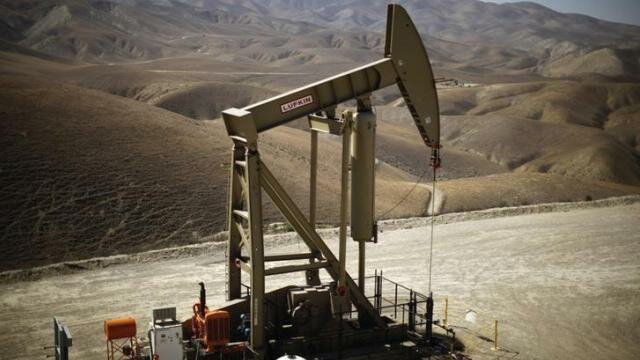The mining industry of Sudan was mostly driven by extraction fuel minerals, with petroleum accounting
for a substantial contribution to the country's economy, until the autonomous region of Southern Sudan became an independent country in July 2011. Gold, iron ore, and base metals are mined in the Hassai Gold Mine. Chromite is another important mineral extracted from the Ingessana Hills. Other minerals extracted are gypsum, salt, and cement. Phosphate is found in Mount Kuoun and Mount Lauro in eastern Nuba. Reserves of zinc, lead, aluminium, cobalt, nickel in the form of block sulfides, and uranium are also established. Large reserves of iron ore have been established.
History
Ancient historical records indicate that gold and iron mining in the country existed under the kingdom of Meroe and also during the reign of the kingdom of Nubia, the Pharaonic era, during the Roman period. The name 'Neb' in the Nubian language means "gold" and is attributed to the Nuba region. It was also called the "country of metal" by the British.
Production and impact
Production from the mining sector accounts for about 4% of gross domestic product (GDP). Mineral extraction reported by the Government of Sudan include gold, chromium, gypsum, salt, and cement. In 2012, the production of crude petroleum dropped to about 37.7 million barrels (Mbbl) from a high of 106.2 Mbbl in 2011 and 168.7 Mbbl in 2010. Production of gypsum, feldspar, salt, gold, and cement have increased since 2012. Approximately 250,000 artisanal miners work in gold production.
In the open pit Hassai Gold Mine, which has been under operation since 1993, gold production from 18 open pits was to the extent of 2.3 million ounces (Moz). The established reserve at this mine in the Proterozoic-aged Ariab greenstone belt is 14.09 million tons.
Legal framework
The Minerals Development Act of 2007 and its regulations are in force. The Investment Promotion Law of 1999 and its amendments define the benefits that are available to the private companies to invest in the mining sector; agreements drawn cover both the exploration and mining phases. In the first instance, an Exploration Prospecting License is issued. Following a successful exploration of specific mines, a mining license is awarded to the company, with due registration of the production company under the Sudanese Companies Act 1925.
Commodities
Reserves of Phosphate found in Mount Kuoun and Mount Lauro in eastern Nuba, has been assessed as 400,000 tons, including some amount of uranium U 2 0 3.
Kaolin, a clay mineral consisting of potassium and Aluminium silicate, is found in some areas of Khartoum and in the south of the River Nile State. Granite is extracted from the southern Wadi Halfa.
Gold is found in three types of geological formations: the Parentheses Gossan formation in the Eriab region of the eastern Nuba Mountains; in quartz-vein formations in the North Kurdufan, Obaidiya, and the Blue Nile region; and alluvial gold along the Nile River and its tributaries, particularly in the Blue Nile and Northern Sudan. The Sudan Gold Refinery Company, with full ownership rights vested with the Central Bank of Sudan, the Ministry of Minerals, and the Ministry of Finance and Natural Economy, produces gold in the range of 270 to 360 tons; silver alloy and silver granules are also byproducts. Gold, iron ore and base metals are mined in the Hassai Gold Mine, located 50 kilometres (31 mi) to the northeast of Khartoum. This is the only gold mine in the country with a production capacity of 90,000 oz/year
-
GM to Ramp up Self-driving Effort in Silicon ValleyNext >

